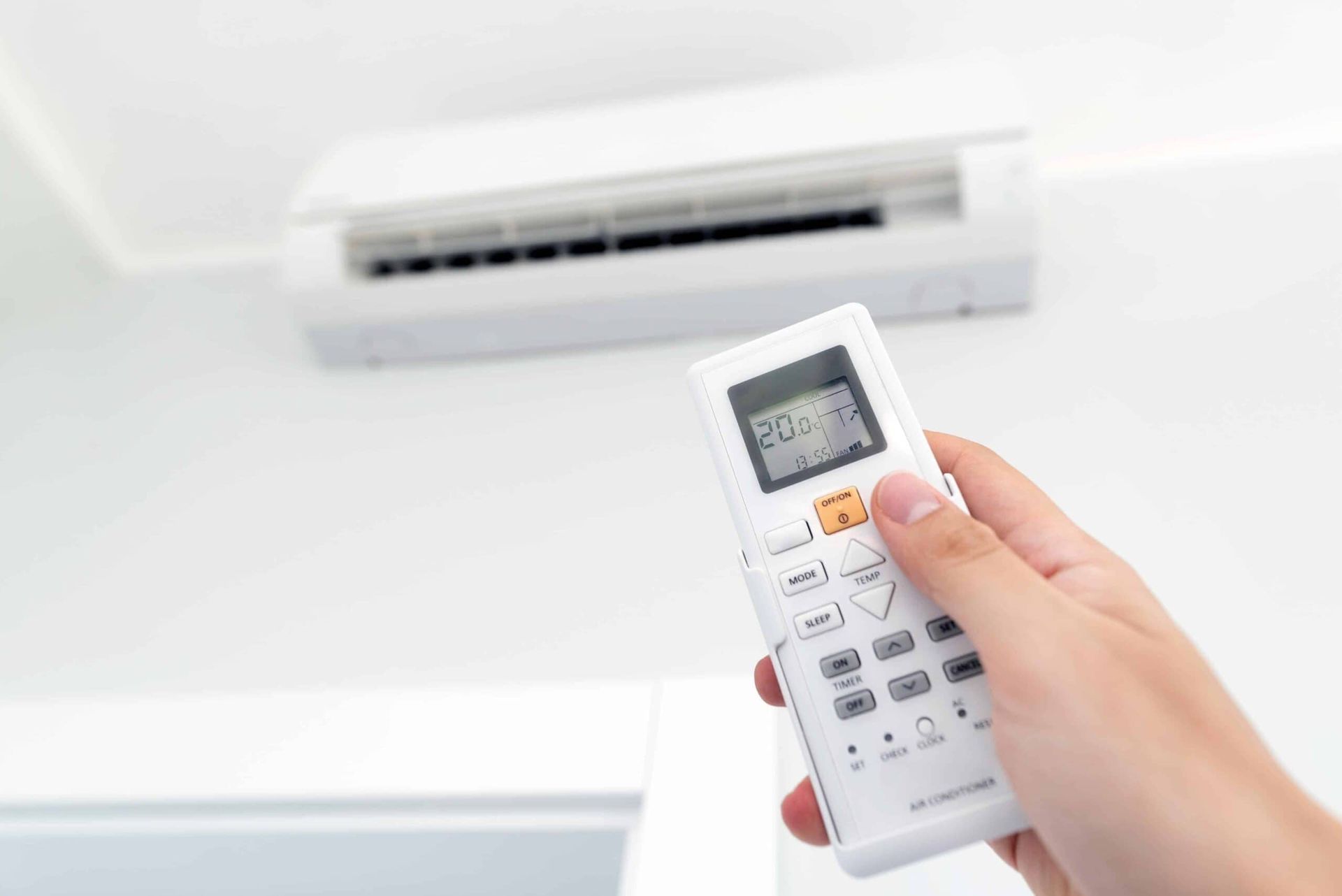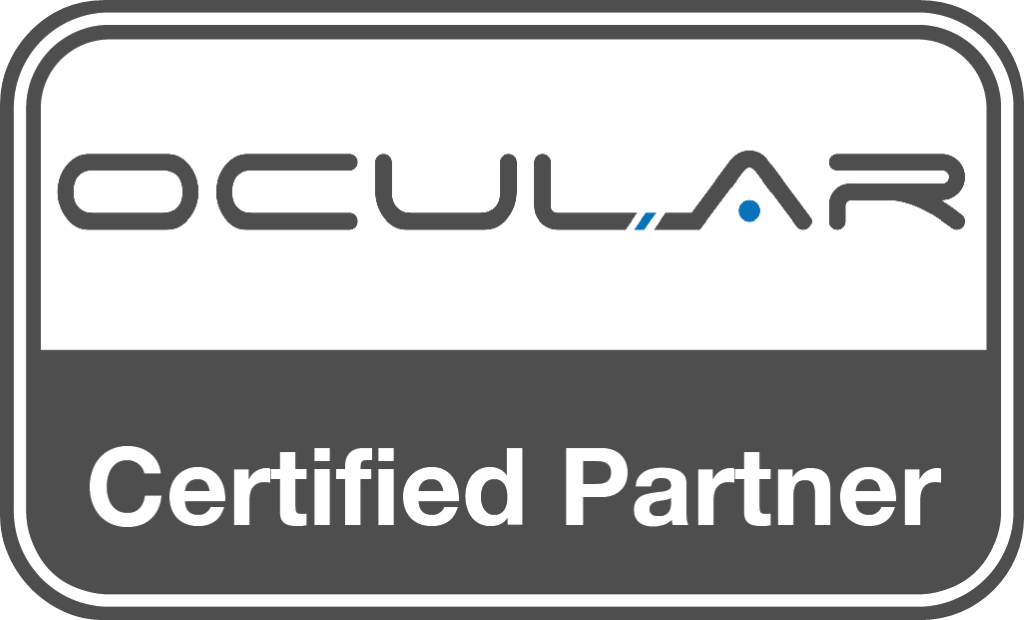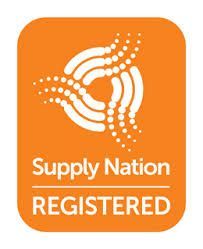5 Appliances That Are Secretly Increasing Your Energy Costs
5 Appliances That Are Secretly Increasing Your Energy Costs
Have you ever wondered what’s driving your utility bill through the roof each month? The answer could be closer to home than you think. It’s not always the obvious appliances that consume the most energy. In fact, there are 5 Appliances That Are Secretly Increasing Your Energy Costs right under your nose.
These unsuspecting power hogs might seem innocent at first glance, but their constant need for energy could be the reason behind your escalating utility bills. This article will shed light on these common household items, enabling you to make smarter decisions and potentially save hundreds, if not thousands, on your annual energy costs.
Household appliances are a must in every home. However, the number of appliances in a typical Australian family home tend to be more than what’s needed. On average, Australian homes consume about 1/3 of their total energy for some of the most expensive household appliances and other devices.
In this article we take a look at the most expensive household appliances and tech devices, as well as figure out how much energy they’re consuming. We’ll also be looking at why each appliance model, size and energy star rating are important factors to consider in calculating your total energy consumption at home.
Our Top Energy-saving Tips
Switching to energy-efficient appliances is our top tip to reducing running costs in your home. However, you don’t need to change all your appliances at once. Replace the one that hogs energy the most, and slowly work with the rest.
Moreover, energy star ratings are a great guide to knowing how efficient an appliance is. Though 5-star ratings (or higher) may tend to be more expensive on purchase, they balance your running costs in the long term, saving 20-30% on energy costs for every extra star.
Energy Rating Labels
Before we get on to our list of appliances, let’s educate ourselves with what an energy rating is.
An energy rating label is a stamp that’s placed on appliances prior to retail sale. It allows consumers to compare energy efficiency between one or more products, and informs them how much power certain products need in order for them to function. The label indicates a product’s energy efficiency with stars, and its energy consumption with a kWh/yr (kilowatt-hour per year) ratio.
When shopping for a new appliance, you want to see more stars and a low kWh/yr score on the label. The stars imply more energy efficiency, and the low score implies lesser electricity usage. The energy rating label makes it convenient for you to choose products that will ultimately help you save money and energy.
Heaters and Coolers
You may be one of many families who have heating and cooling appliances at home. And that’s understandable, considering the extreme weather conditions Australia has all year round.
According to the Energy Efficiency Council, heaters and air conditioners are some of the most expensive household appliances in any Australian home. They consume roughly 40% of your home’s total energy bill, which is even more than your total appliances’ consumption combined. This estimate considers a number of factors, such as the device’s energy rating and wattage, as well as the size of the space and the home’s insulation.
To continue using your heaters and air conditioners without worrying about running costs too much, here are a few tips we have:
- Consider purchasing a more energy-efficient option. They cost less to run and could save you a tonne in the long run. Remember to always check the energy rating label: the more stars, the better.
- Set your heater/air conditioner to the right temperature. Even the slightest increase makes a huge difference in your monthly bill.
- Consider alternatives: ceiling fans, portable heaters and aircon units, evaporative coolers and other practical heating and cooling solutions.
Refrigerators
Refrigerators are huge in size and in energy consumption. Old fridges and freezers expend quite the huge amount of electricity versus newly-designed fridges that generally have high-star energy ratings. If you own a refrigerator that’s around 15-20 years old, it’s time to replace them as soon as possible. Refrigerators that are under 10 years old consume smaller amounts of energy.
Another tip: Choose a fridge model that doesn’t have an ice dispenser, and avoid purchasing large fridges if you want to save up energy.
Televisions and other Electronic Devices
According to YourHome, TVs share an average 19% of an Australian home’s total energy use. This increases when you leave your TV and other electronic devices on standby mode. The size of your TV affects the energy consumed, as well. So it really pays off to shut down your TV and other electronic devices when not in use – even during the day.
Washing Machines
Depending on the type of washing machine you purchase, a washing machine’s running cost can be a hassle for your budget. In finding the right washing machine, you want it to have an Energy Star rating of 5 or more. A 7KG-capacity washing machine with a 10-star energy rating accounts for only 37 kWh and an annual estimated cost of $10. That’s an astounding amount you can save on a yearly.
Hot Water
Hot water accounts for up to 20% of your total energy use, but its running costs still vary based on a number of factors, such as the type of system, size, and others:
- Electric versus Gas: Electric heaters are easier to install and maintain, but their energy consumption is higher than gas heaters. Consider purchasing an electric heater only for smaller spaces, and the latter for bigger spaces.
- Size: As we say, the bigger the size, the more energy it consumes.
- Number of showers and warm washing loads
- Shower temperature
- The appliance’s age
- Energy rating
If you want to try reducing your running costs on hot water, consider investing in a solar-boosted hot water system. Though expensive upon installation, you can potentially have huge savings. In addition, they’re the most environmentally-friendly option.

































